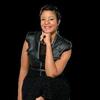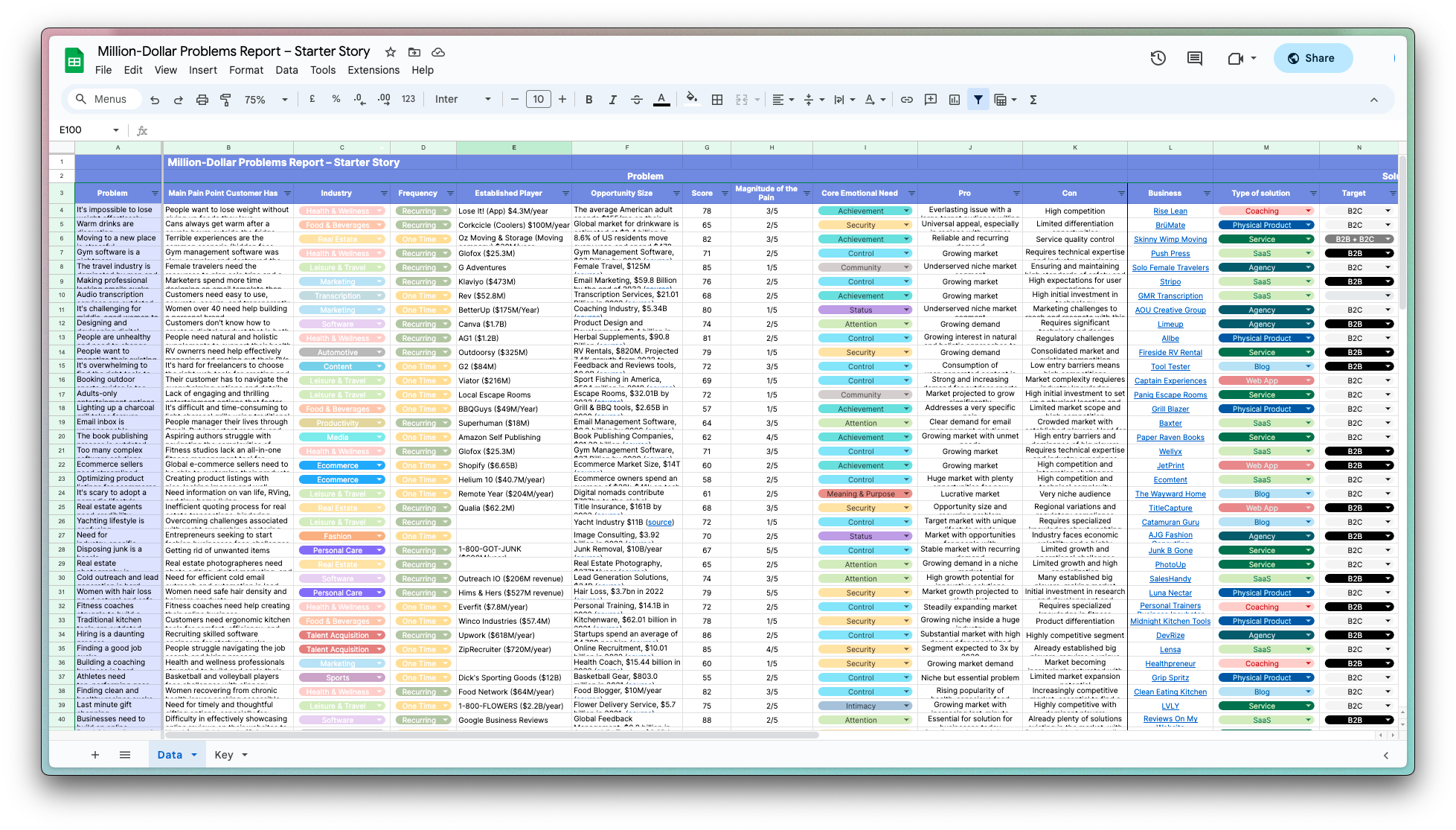How Brandice Daniel Created Harlem’s Fashion Row and Secured $1M in Donations
Who is Brandice Daniel?
Brandice Daniel, the founder of Harlem's Fashion Row, grew up in Memphis and initially pursued a career in pre-med before switching to fashion merchandising at the University of Tennessee at Chattanooga. She later moved to New York City to work in fashion production and became a prominent advocate for multicultural designers in the fashion industry, launching Harlem's Fashion Row in 2007.
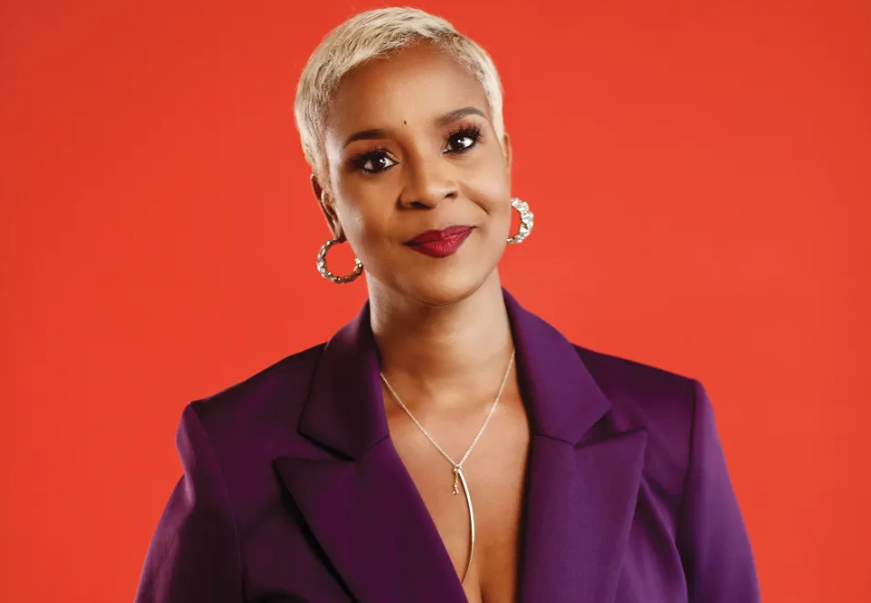
Brandice Daniel, the founder of Harlem's Fashion Row
What problem does Harlem’s Fashion Row solve?
Harlem's Fashion Row addresses the lack of visibility for multicultural fashion designers by connecting them with major brands and retail opportunities, solving a critical gap in an industry that often overlooks diverse talent. By providing a platform for designers of color to showcase their work, receive mentorship, and participate in lucrative collaborations, Harlem's Fashion Row empowers its community and creates access where there was little before, making it a vital resource for both designers and consumers interested in supporting diverse fashion talent.
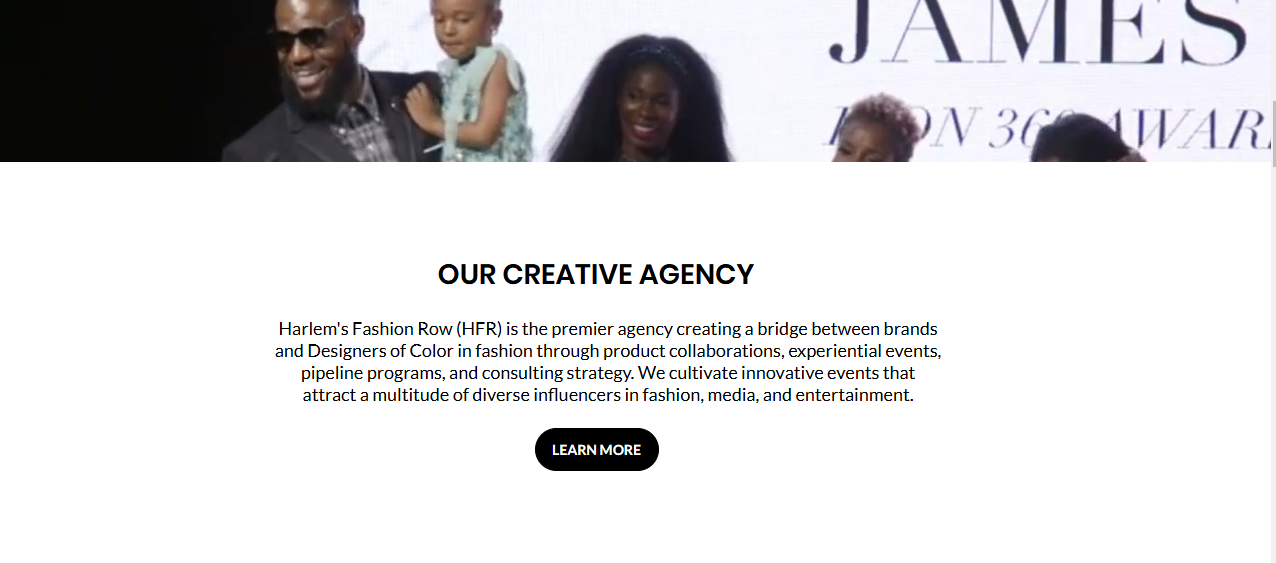
HFR Homepage
Disclaimer: The initial draft of this article was compiled by the Starter Story team based on publicly available interviews, podcasts, and other content from the founder. See the sources we used here.
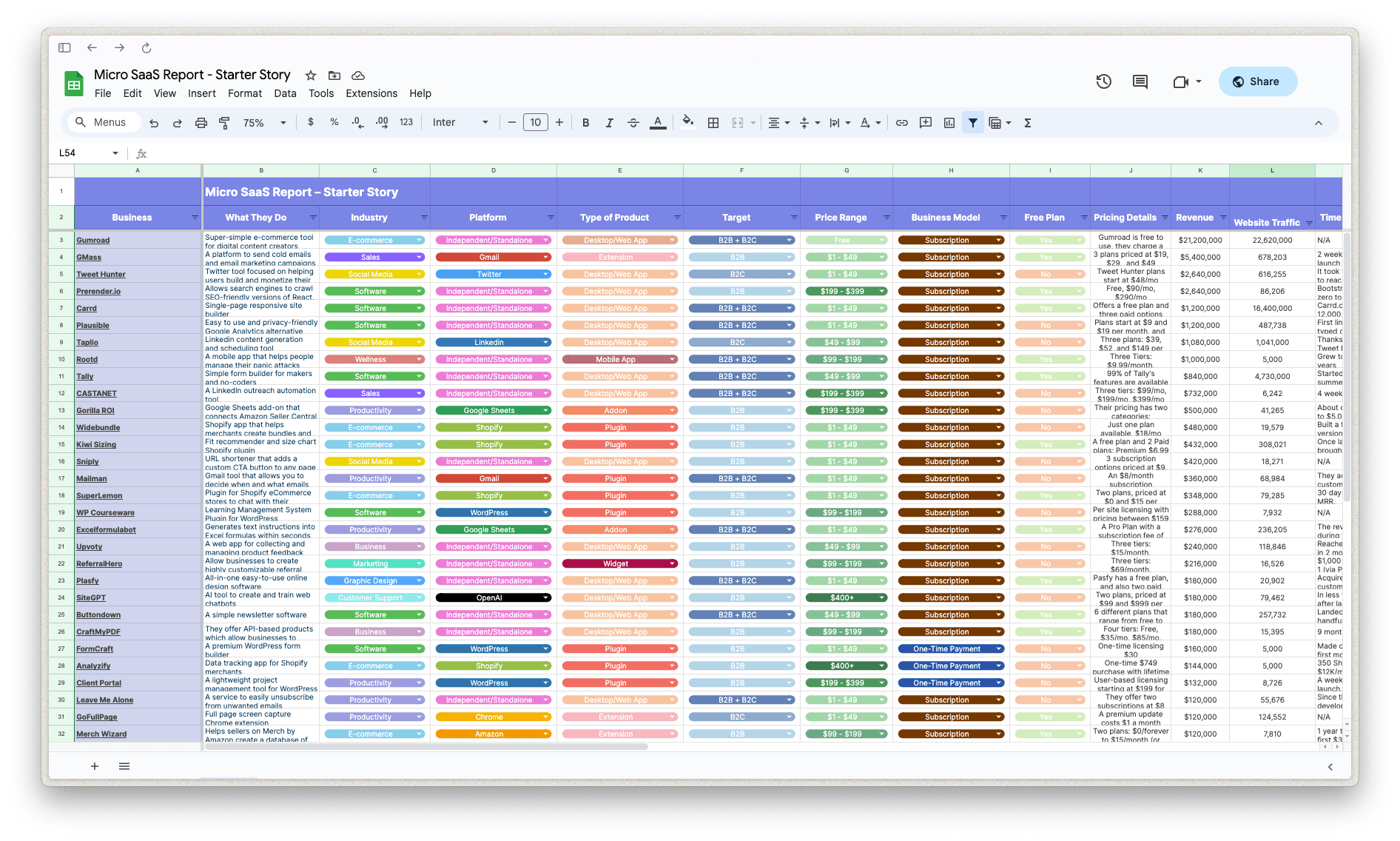
Download the report and join our email newsletter packed with business ideas and money-making opportunities, backed by real-life case studies.

Download the report and join our email newsletter packed with business ideas and money-making opportunities, backed by real-life case studies.

Download the report and join our email newsletter packed with business ideas and money-making opportunities, backed by real-life case studies.

Download the report and join our email newsletter packed with business ideas and money-making opportunities, backed by real-life case studies.

Download the report and join our email newsletter packed with business ideas and money-making opportunities, backed by real-life case studies.

Download the report and join our email newsletter packed with business ideas and money-making opportunities, backed by real-life case studies.

Download the report and join our email newsletter packed with business ideas and money-making opportunities, backed by real-life case studies.

Download the report and join our email newsletter packed with business ideas and money-making opportunities, backed by real-life case studies.
